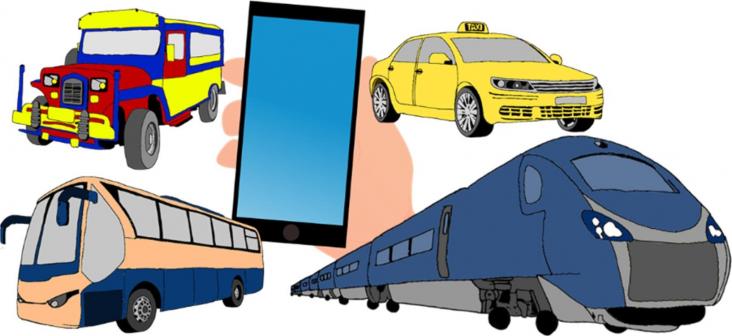A review article discusses various drugs and plant extracts for Alzheimer's disease, and further discusses plant species that can be researched for treatment.
This study, relevant to Goals 3, 10, and 13, examined how often and in which countries health considerations were factored into a country’s Nationally Determined Contributions (NDC’s) for climate commitments. They found that countries with the greatest vulnerability to climate change health effects – largely countries with the fewest resources – considered health effects the most. The authors recommend that considering health, even in higher resourced countries, can increase public backing for ambitious climate goals.
This article advances SDG goals 3, 5 and 10 by examining disparities in lung cancer treatment and survival rate by race, gender, sexual identitity, and disability status with the goal of understanding the current situation to improve future outcomes.
This Study explores the racial disparities that exist in the emergency departments of 4 hospitals, when they are most prevalent, and how patients' sociodemographic characterstics impact image acquisition time, raising awareness for SDGs 3, 9 and 10.
This Study supports SDGs 3 and 10, illuminating the substantial racial disparities in men and women diagnosed with colorectal cancer and the impact these disparities have on treatment and outcomes.
This article aligns with the SDG goal 3 of good health and wellbeing and SDG 10 Reduced inequalities by showing the importance of continuing screening for hepatitis and early detection of liver damage, especially in high-risk population groups.
Purpose: In this study, we identify and characterise how organisations have responded, in ways ranging from restoration to radical change, to discontinuities in their product-based service (PBS) suppl

Mobility as a Service (MaaS) is a recent concept that is gaining momentum in both the scientific world and the private sector.
A study of the risks from emerging technologies, such as artificial intelligence, and their disproportionate impact on particularly vulnerable individuals or groups in a community. The authors identify and map types of harms or injustices experienced in the digital space to understand how they are translated into rights violations by adjudicative bodies. Racial structural injustice is one aspect of the research.
This article examines the trade-offs between industrial development that benefits indigenous peoples economically and the environmental and other harms that result.
